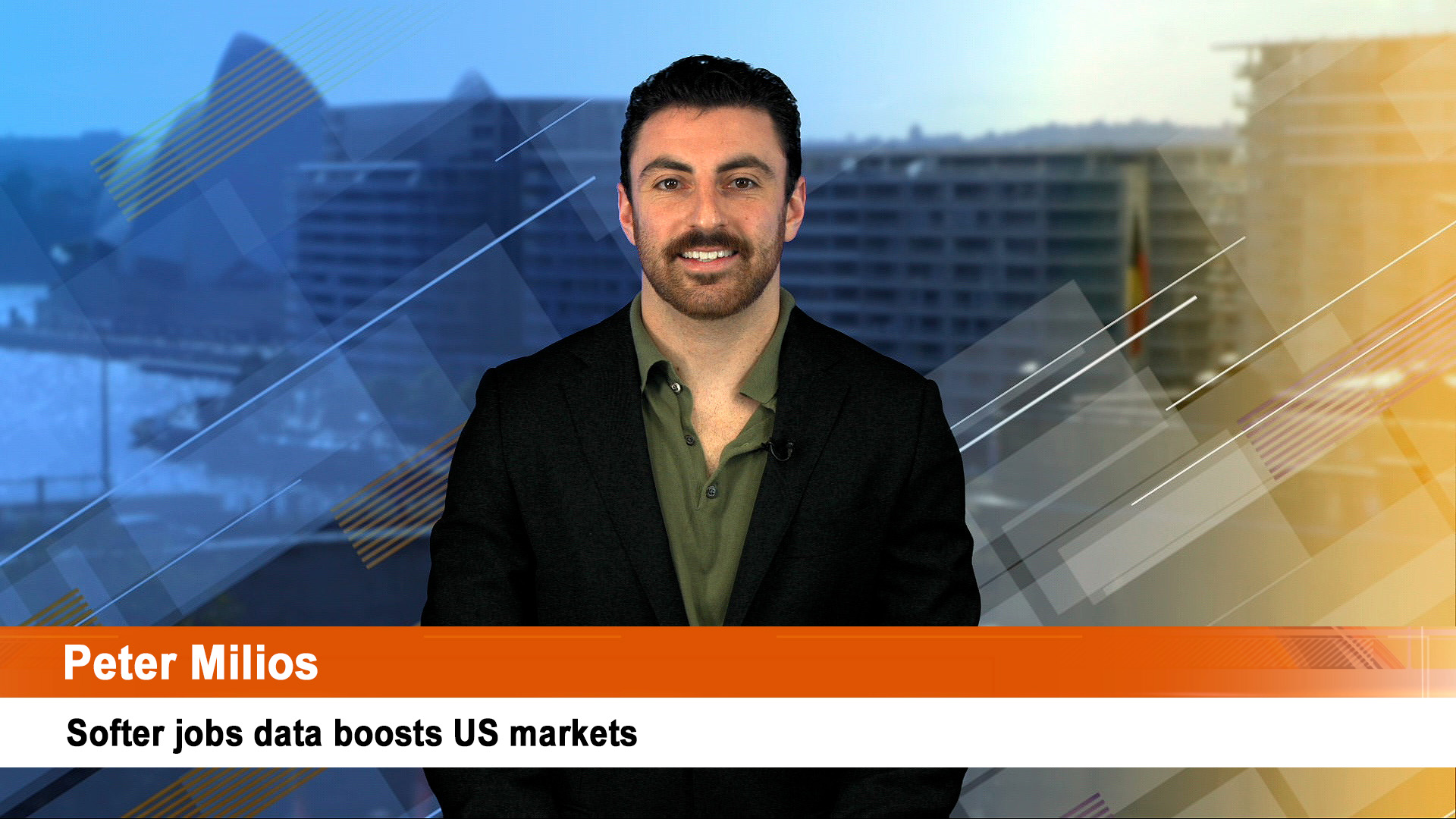Does the end of La Nina disruptions and the return of El Nino’s dry weather portend better times ahead for almond grower Select Harvests?
That seems to be the message investors took from Monday’s interim results for the half year from the company which revealed a loss of nearly $100 million thanks to low returns, damage to the almond crop quality and yield from La Nina’s long run of wet weather.
The weak result for the six months to the end of March had been well-guided by the company with the most recent update at the end of last month.
In some respects, the results reflected a tidying up of past problems and the costs of La Nina to the company and its almonds.
Investors seemed to accept that and the shares jumped more than 8% (in an upbeat market) to $4.74.
There was of course no interim dividend as directors forecast a loss for the six months to September.
A combination of La Nina’s impact and accounting rules means the company will trade at a loss of 2022-23 after reporting a net after tax loss of $96.2 million for the first six months of the September 30 financial year.
“The result has been materially impacted by La Nina weather patterns affecting the 2022 and 2023 crops and the resultant write-off of goodwill,” directors said.
And CEO, David Surveyor, said “Climatic conditions have impacted the 2023 crop with cold and wet weather resulting in unusual growing patterns and lower yields. Crop performance is understood to be consistent with the broader Australian almond industry.”
“The 2023 crop harvest has now been completed. Despite the unfavourable growing conditions, the quality of the crop has improved compared to last year. Due to a drier 2023 harvest period the prevalence of mould has decreased from 2022 crop levels.
“Inshell levels are lower, however kernel sizes are larger. Insect damage is higher (a function of the lower crop size) however recent investment in state-of-the-art sorters will lead to the final product quality profile improving from last year.
Total growing costs, while higher, were in line with expectations. Fertiliser costs were higher than for the prior crop (due to price rises as a result of world supply shortages as previously communicated) and additional costs were incurred as a result of the flooding events.
“These costs were offset by lower water costs and harvest freight (a function of the lower crop). There were additional costs recognised for immature orchards as their maturity profile increased.
“The Company’s processing facility is fully operational with approximately 67% of the crop having completed the initial hulling and shelling process. The quality mix continues to be reviewed to ensure highest grade final product options are targeted.
“Freight and logistics operations have returned to pre-Covid levels. Freight costs have reduced from last year as a result of increased capacity in the market.
“During the 1H FY2023 period the Company completed a detailed review of the remaining 2022 stock on hand. This inventory was impacted by the wet finish to the 2022 harvest and had to be mechanically dried. Following this review, a significant portion of the remaining inventory was downgraded due to quality issues, primarily related to mould (from exposure to moisture).
“This remaining inventory has either been sold in the market at reduced pricing levels or been allocated to be used through the Company’s value-adding facility. This downgrade has had a $24M before tax impact on the 1H FY2023 result.”
The company said that consistent with the requirements of Accounting Standard standards covering agriculture, the harvested portion of the 2023 crop has been valued at the estimated fair value less costs to sell.”
“Due to the 2023 crop volume forecast decreasing to 17,500MT, the net realisable value of the crop is less than the total costs to sell the crop. As a result, the full loss of the 2023 crop has been reflected in the 1H FY2023 accounts.
“The recognition of the forecast full year loss has a material impact on the 1H FY2023 financial result.
“The 2H FY2023 result will not reflect any impact of the 2023 crop result (assuming there are no changes to the 2023 crop fair value assumptions) and therefore is forecast to show a small loss with the recognition of six months of corporate and finance costs partially offset by non-crop related income,” Select Harvests explained in Monday’s release.













